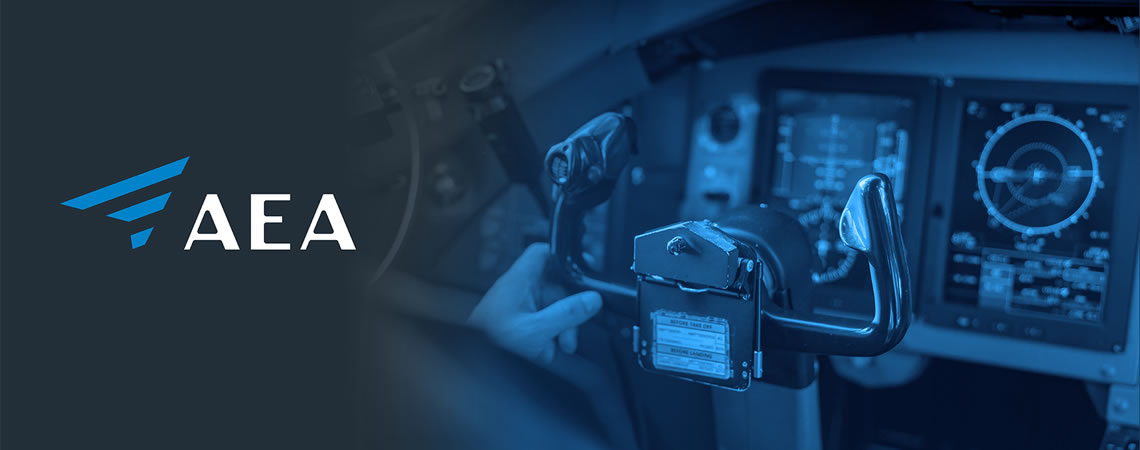SUMMARY:
Today, the Federal Aviation Administration has granted the Aircraft Electronics Association and seven other organizations’ request for a 90-day extension to review this complex FAA proposal. With this extension, the FAA has moved the comment period for the NPRM to Jan. 22, 2024.
As reported by the AEA at the beginning of August, the FAA recently published the proposal for the Modernization of Special Airworthiness Certification (MOSAIC). The primary purpose of the proposal, as indicated by the NPRM and numerous news articles, is to expand the aircraft that may be eligible for future certification as light-sport aircraft, and to expand the authority and opportunity for sport pilots.
However, what has not been discussed is that the proposal amends nine separate regulations, including definitions, certification standards, maintenance standards, airman certification, operating rules and the certification of commercial operators.
The AEA continues to review the proposal to identify those elements that may affect AEA member companies and employees while focusing on inconsistencies, duplications, and unintended consequences.
While the public’s focus appears to be limited to the expanded sport pilot privileges and limitations as well as the weight and performance increases of the light-sport aircraft, the AEA is primarily focused on four areas:
- Continued operational safety. While the AEA supports and encourages owner-operator maintenance opportunities, it also maintains that commercial operations require commercial maintenance. The successful proliferation of LSA airplanes in the flight training fleet and in aerial work will place even more importance on the use of repair stations or certificated mechanics for the continued operational safety of aircraft used for compensation or hire.
- Limitations on modernization and upgrades to LSA. Twenty years of experience since the establishment of LSA standards for maintaining and updating these aircraft have identified the unintended challenges that discourage technological advancement due to the prescriptive and anti-competitive limitations of the approval and completion of alterations and modifications as well as the current prohibition against the installation of FAA approved replacement parts and accessories.
- Personnel. With the successful expansion of LSA standards and the intended increase in the LSA inventory, the current LSA repairman (maintenance) privileges and limitations will negatively impact the general aviation avionics industry as well as maintenance technician recruitment and workforce development.
- Repetitive rulemaking. The agency has proposed similar relief to the certification of light recreational aircraft twice before, first with the 1992 establishment of primary category aircraft certification and most recently with the Part 23 rewrite.
To read the NPRM extension of comment period in the Federal Register, click here.
Comments must be submitted no later than Jan. 22, 2024.
The association will continue its discussion of the proposal at upcoming AEA Regionals in the United States. To read the AEA’s section-by-section review of the proposal in the October issue of Avionics News, click here.
The AEA encourages the submission of comments as early as possible to assist the FAA in resolving the comments and amending the proposal as necessary.
FOR MORE INFORMATION:
Contact Ric Peri, AEA vice president of government and industry affairs, by email at ricp@aea.net or by phone at 202-589-1144.

